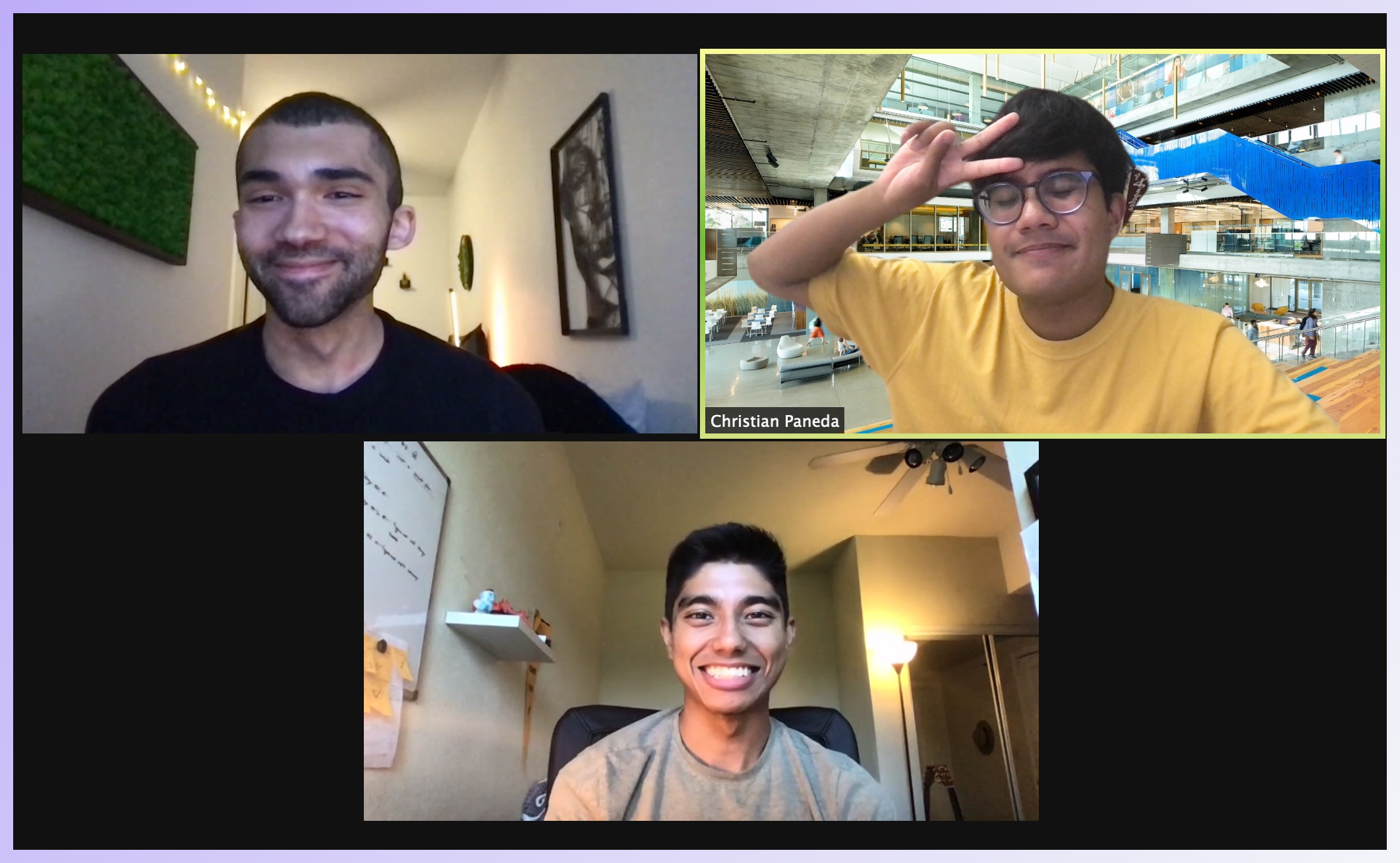.png)
Intuit QuickBooks Cash Virtual Wallet
Empowering prosperity for small businesses
Role
Product Design Intern
Timeline
Summer 2021 (12 weeks)
Skills
- Product thinking
- User research
- Interaction design
- Visual design
- iOS & Android design
- Motion design
Tools
- Figma
- Lottie
- Respondent.io
- Adobe After Effects
Overview
I worked with a cross-functional team to design the end-to-end experience for the virtual wallet features in QuickBooks Cash on iOS and Android mobile devices. QuickBooks Cash offers a business bank account as a powerful all-in-one banking and bookkeeping hub for small businesses.
My designs are set to ship during FY22 Q1 and are projected to increase debit card activation among customers.
Request Access
I can’t publicly share a lot of the details of the project at the moment. For more information, please email me at ccpaneda@umich.edu or request access to my case study presentation.
My Experience
What did I do at Intuit?
I was a product design intern on the Intuit QuickBooks money team to empower prosperity for small businesses and self-employed customers. Specifically, I had the pleasure of being a part of the QuickBooks Cash design team.
In 2020, QuickBooks added a business checking account to its QuickBooks Online product suite. QuickBooks Cash offers business checking features including high interest, ACH transfers, a debit card, and access to an ATM network. QuickBooks Cash is designed to integrate seamlessly into the rest of QuickBooks.

I had the responsibility of designing an upcoming table stakes feature of QuickBooks Cash – the virtual wallet. I worked with a team of product managers, developers, and marketing partners to conceptualize and execute the full end-to-end experience for QuickBooks mobile users on iOS and Android. I also worked with Intuit QuickBooks’ banking partner, GreenDot, to insure legal compliance. The virtual wallet is set to ship in FY22 Q1 for both QuickBooks Mobile and Money by QuickBooks.
Deliverables
What did I deliver at Intuit?
- Competitive analysis surveying virtual wallet features from direct, indirect, parallel, and analogous competitors in the banking and financial tech space
- Journey maps outlining the customer experience of debit card activation and daily agenda for small business owners to identify key paint points
- Low-fidelity wireframes to illustrate key use cases and edge cases for the virtual wallet based on user research
- User research and testing with research protocol, hypotheses, and one-pager to summarize key takeaways
- Hi-fidelity prototype of the virtual wallet experience for both iOS and Android users on QuickBooks mobile
- Motion animation built with Adobe After Effects and exported with Lottie to educate customers about virtual wallets
- Illustration for the QuickBooks debit card for virtual wallets based on existing designs of the debit card
Reflections
What did I learn at Intuit?
Key Learnings
🌐 Product thinking with the whole ecosystem in mind
Intuit QuickBooks is a massive software system is a long legacy of impact for businesses.
It was important for me to think about my project and how it fits with other features and the workflow for customers. With that in mind, I was able to advocate for customer needs and create necessary changes to the information architecture of QuickBooks as a whole.
🎁 Feedback is a gift
My design process was very agile, and it was critical to always share my work with fellow designers and cross-functional partners to not only get buy-in but also get valuable feedback to think about revisions or challenges to expand my thinking.
Not only did I learn the importance of getting feedback as an act of intentional collaboration, but I also learned to critically think about feedback and take only the necessary or most resonating parts. Because of my team, I learned how to be stronger together.
🔬 Feedback is a gift
Before transitioning to design, I had an extensive back in research. Originally I thought that I would only interact with research in a limited capacity to make data-driven positions. However, I learned that I should always leverage a strong research background to truly drive a systematic way of thinking about design and to also have deep empathy for the user.